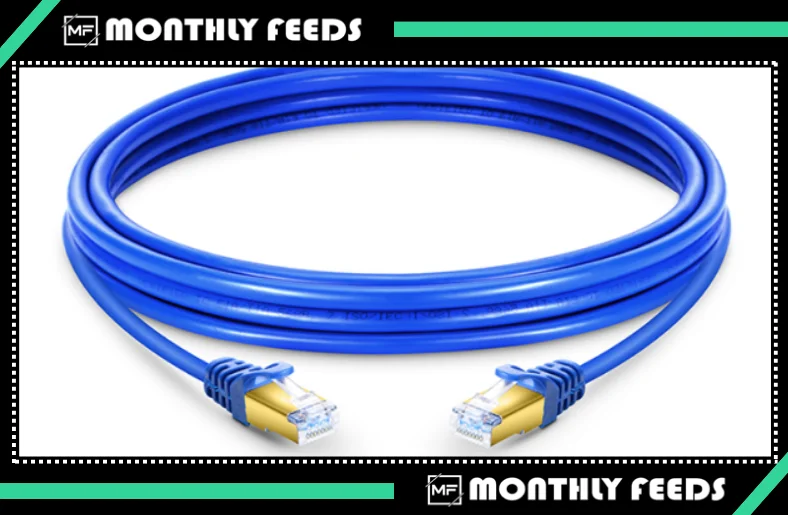How far can that Ethernet wire go before you have to start looking at other options(Ethernet cables)?
Although many of us use Wi-Fi to browse the internet, most Wi-Fi routers need a hard-wired Ethernet connection to connect to the internet. But how long until an Ethernet wire loses its effectiveness?
Can Ethernet Cables Be Very Long?
Any length of Ethernet cable is OK, but there is a limit to how far the signal may go before it becomes too far. Even if the signal can cross the distance, it may take a very long time to reach from point A to point B, resulting in extremely sluggish connection rates for the end user.
So how long does an Ethernet cable have to be before signal loss occurs?
Standard Ethernet cables, or the twisted pair Ethernet connections that most people are familiar with, typically have a length limit of 328 feet (100 meters) before losing speed.
At room temperature (or ambient temperature), which generally relates to most household situations, this is the case for wires. Longer Ethernet connections may be used in offices, businesses, and other settings.
This is because a longer cable’s increased electrical resistance makes a signal’s trip more difficult. When electrical current flows across an electronic circuit, a phenomenon known as resistance occurs. Copper wires serve as electrical conductors in an Ethernet cable. The electrical resistance rises as the wire’s length does as well.
The speed of the electrical signal starts to slow down as the resistance rises. Connection quality, latency, and bandwidth can all be impacted at this point. The bandwidth and speed of a signal decrease with distance travelled, but the latency increases.
However, depending on the type of Ethernet connection in issue, this upper limit might vary greatly. So, let’s talk about how the maximum lengths of various Ethernet kinds differ.
lengths of Ethernet cables
There are three primary categories of Ethernet cables:
- Optical fibre
- Coaxial
- Twisted couple
The wiring configuration and material make-up of these cables vary. Fibre optic cables employ extremely thin glass fibres, similar to those in the image below, whereas coaxial and twisted pair connections use copper wires.

Fibre optic connections increase connection speeds by transmitting data as light. Increased speed is only one benefit of fibre optic connections over copper-based lines. There are many other advantages as well.
Fibre optic cables have a different maximum length than coaxial and twisted pair cables as a result of this important distinction. According to the Router Switch blog, a fibre optic connection may be extended for 10Mbps and 100Mbps internet up to 2,000 meters (6,581 ft).
However, according to Cisco Press, coaxial wires have a maximum range of 500 meters. Twisted pair cables have a maximum range of only 100 meters (328 feet), according to Cisco Press.
Does the Generation of Ethernet Cable Affect Signal Strength?

Answering this is a little more difficult. The response is “yes, but”
Which means that while the signal strength is affected by the type of Ethernet cable used, it’s doubtful that most everyday people would get into a circumstance were figuring out the exact Ethernet cable resistance is a problem. The maximum permitted cable length for a twisted pair Ethernet cable is 90m, including 5m at either end for patching reasons, as per the official ANSI/TIA/EIA 568-B [PDF] specifications.
In summary, you are therefore more likely to experience problems with data transfer the longer the Ethernet line. These recommendations encompass Cat5, Cat5e, Cat6, Cat6a, and other Ethernet cables that you could utilize.
The distinction between fibre optic cables and these categories must be made. Instead, they are in a class of their own and are able to go farther thanks to the internal glass fibre. Additionally, the Cat category scheme does not cover coaxial wires.
Consider Ethernet Cable Lengths
It’s crucial to understand how increasing length impacts signal strength if you’re planning to get an Ethernet connection that’s exceptionally lengthy. Think about choosing fibre optic or coaxial over twisted pair if you want a lengthy line without having to cope with slowed speeds.
See more: click here

